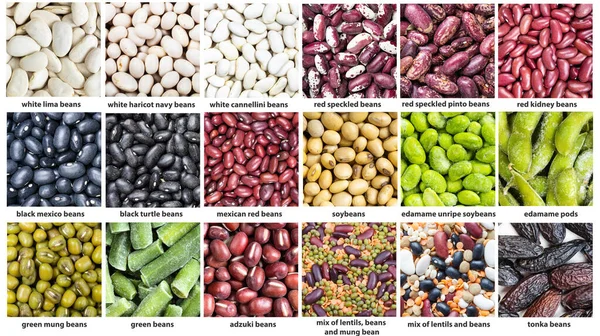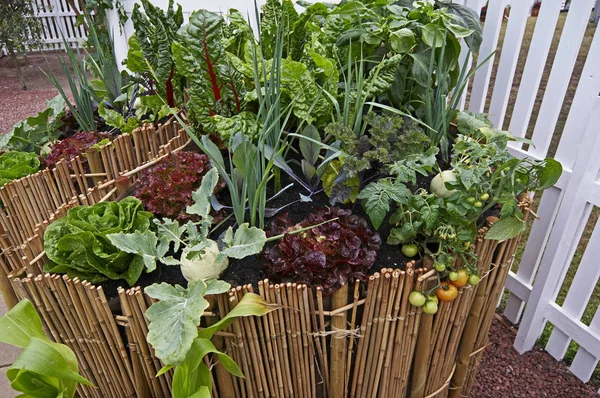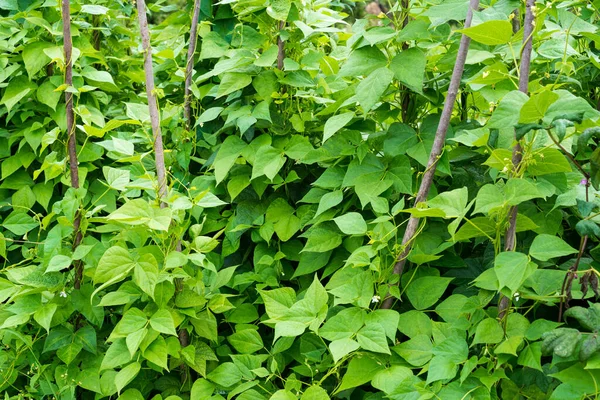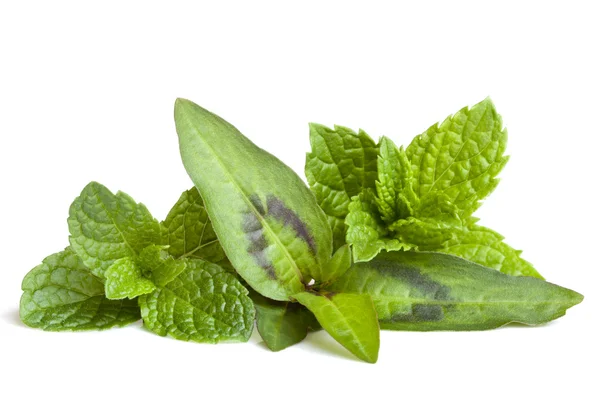Are you searching for the best bean variety to grow on your farm?
Kenya’s diverse climates and fertile soils provide an excellent environment for cultivating a wide range of dry bean varieties. Selecting the right bean variety is crucial for maximizing yield, ensuring disease resistance, and meeting market demands.
This guide explores some of the top dry bean varieties recommended for Kenyan farmers, categorized by newly released varieties and other popular options.
How to choose the best bean seeds for your farm
Choosing the right dry bean variety is essential for successful bean cultivation in Kenya. Factors such as agro-ecological conditions, disease resistance, market demand, and culinary preferences should all be considered when selecting beans to grow. Whether you opt for newly released varieties like KKRIL05/RED1 and KCB13-04 with specific disease resistance traits or popular options like Rosecoco and Pinto beans known for their culinary versatility, each variety offers unique advantages.
By diversifying bean cultivation and incorporating varieties suited to local conditions and market preferences, you can optimize yields, enhance food security, and contribute to agricultural sustainability. Experimenting with different varieties also allows farmers to explore new market opportunities and cater to evolving consumer tastes for diverse bean products
Newly Released Bean Varieties in Kenya
| Variety Name | Optimal Altitude (masl) | Duration to Maturity | Yield (tons/ha) |
|---|---|---|---|
| KKRIL05/RED1 (KK-RED BEAN 13) | Medium to high altitude, high rainfall areas | 84 days | 1.6 |
| KKRIL05/CAL33 (KK-ROSECOCO 33) | Medium to high altitude, high rainfall areas | 86 days | 1.8 |
| KCB13-04 (Kenya Red Kidney) | 1300-2100 | 85-90 days | 2.7 |
| KAD 02 (Nyota) | 900-1800 | 65-70 days | 1.4-2.2 |
| KMR 11 (Angaza) | 1200-1900 | 75-80 days | 1.4-2.5 |
| KMR 12 (Metameta) | 900-1600 | 75-80 days | 1.5-2.0 |
| MN6 (Kenya Cheupe) | Central highlands, western highlands, central and southern Rift Valley, Coastal, eastern highlands | 3 months | 1.1-2.8 |
| MN9 (Kenya Maua) | Central highlands, western highlands, central and southern Rift Valley, Coastal, eastern highlands | 3 months | 1-1.9 |
KKRIL05/RED1 (KK-RED BEAN 13)
KKRIL05/RED1, released in 2017 by KALRO (Kakamega), is a small-seeded red bean type ideal for medium to high altitude areas with high rainfall. It matures in 84 days and offers a yield potential of 1.6 tons/ha. This variety is particularly noted for its resilience against bean root rot, making it suitable for areas prone to moisture-related diseases.
Special Attributes:
- Resistant to bean root rot
- Small-seeded type, appealing for consumer preferences
KKRIL05/CAL33 (KK-ROSECOCO 33)
KK-ROSECOCO 33, also released in 2017 by KALRO (Kakamega), is characterized by its rose-coco bean type, suitable for medium to high altitude areas with ample rainfall. It matures in 86 days with a yield potential of 1.8 tons/ha. This variety stands out for its robust growth and strong resistance to bean root rot, ensuring consistent yields and market appeal.
Special Attributes:
- Resistant to bean root rot
- Attractive rose-coco beans, preferred in local markets
KCB13-04 (Kenya Red Kidney)
Kenya Red Kidney, introduced by the University of Nairobi in 2018, thrives in altitudes ranging from 1300 to 2100 masl. With a maturity period of 85-90 days, it boasts a high yield potential of 2.7 tons/ha. This variety is renowned for its robust resistance to angular leaf spot, anthracnose, rust, common bacterial blight, and root rots, making it a reliable choice across various climatic conditions.
Special Attributes:
- Resistant to multiple diseases
- Fast cooking time and excellent water absorption after soaking
KAD 02 (Nyota)
Nyota, developed by KALRO (Katumani) and released in 2017, is well-suited for altitudes between 900 and 1800 masl. It matures in 65-70 days and offers a yield potential of 1.4-2.2 tons/ha. This drought-tolerant variety is known for its high grain iron and zinc content, low phytic acid levels, and quick cooking properties, making it an excellent choice for regions with erratic rainfall patterns.
Special Attributes:
- Drought tolerant
- High nutritional value with quick cooking attributes
KMR 11 (Angaza)
Angaza, released by KALRO (Kandara) in 2017, thrives in altitudes ranging from 1200 to 1900 masl. It matures in 75-80 days and offers a yield potential of 1.4-2.5 tons/ha. Known for its high grain iron and zinc content, low phytic acid, and fast cooking properties, Angaza is ideal for farmers looking to enhance nutritional value while ensuring robust crop performance.
Special Attributes:
- High nutritional content
- Fast maturation and cooking time
Popular Bean Varieties in Kenya
| Variety Name | Optimal Altitude (masl) | Duration to Maturity | Yield (tons/ha) |
| Kat-Bean 9 | 900-1600 | 2.5-3 months | 1-1.8 |
| Wairimu Dwarf | 500-1700 | 2.5-2.8 months | 1.5-1.75 |
| New Rose Coco | 1100-2000 | 2.5-3 months | 1.3-2.3 |
| Miezi Mbili | 1000-2000 | 2.5-3 months | 1.2-2.26 |
| Kenya Early | 1100-1900 | 2.5-3 months | 1.07-2.15 |
| Kenya Red Kidney | 1000-2100 | 2.5-3 months | 1.09-2.8 |
| Super Rose Coco | 1000-2100 | 2.5-3 months | 1.14-2.8 |
| Kenya Wonder | 1030-2000 | 3-3.5 months | 1.13-2.09 |
| Kenya Sugar Bean | 1000-1900 | 2.5-3 months | 1.08-1.81 |
| Kabete Super | 1300-2000 | 3-3.5 months | 1.05-2.47 |
KMR 12 (Metameta)
Metameta, released by KALRO (Katumani), is adapted to altitudes between 900 and 1600 masl. It matures in 75-80 days with a yield potential of 1.5-2.0 tons/ha. This variety is noted for its drought tolerance and uniform flowering and maturity, making it suitable for diverse agro-ecological zones.
Special Attributes:
- Drought tolerant
- Uniform flowering and maturity
MN6 (Kenya Cheupe)
Kenya Cheupe, developed by the University of Nairobi and released in 2015, is suitable for various altitudes including the Central and Rift Valley regions. It matures in 3 months with a yield potential of 1.1-2.8 tons/ha. This biofortified variety offers low flatulence, high iron and zinc content, and good resistance to angular leaf spot and anthracnose.
Special Attributes:
- Biofortified with high iron and zinc
- Low flatulence and disease resistance
MN9 (Kenya Maua)
Kenya Maua, also developed by the University of Nairobi and released in 2015, is adaptable to various altitudes across Kenya. It matures in 3 months with a yield potential of 1-1.9 tons/ha. This biofortified variety offers high iron and zinc content, making it suitable for addressing nutritional deficiencies.
Special Attributes:
- Biofortified with high iron and zinc
- Disease-resistant
Kat-Bean 9
Kat-Bean 9, released by KARI in 1998, is adapted to altitudes between 900 and 1600 masl. It matures in 2.5-3 months with a yield potential of 1-1.8 tons/ha. This variety is known for its heat tolerance, making it suitable for regions with high temperatures.
Special Attributes:
- Heat tolerant
Wairimu Dwarf
Wairimu Dwarf, introduced by Kenya Seed Co in 2008, thrives in altitudes ranging from 500 to 1700 masl. It matures in 2.5-2.8 months with a yield potential of 1.5-1.75 tons/ha. This variety is early maturing, heat tolerant, and suitable for intercropping with maize.
Special Attributes:
- Early maturing
- Heat tolerant, suitable for intercropping
New Rose Coco
New Rose Coco, developed by the University of Nairobi in 2008, is adapted to altitudes between 1100 and 2000 masl. It matures in 2.5-3 months with a yield potential of 1.3-2.3 tons/ha. This variety has an upright growth habit, early maturity, and moderate resistance to rust, common bacterial blight, and angular leaf spot.
Special Attributes:
- Upright growth habit
- Early maturing with moderate disease resistance
Miezi Mbili
Miezi Mbili, introduced by the University of Nairobi in 2008, thrives in altitudes ranging from 1000 to 2000 masl. It matures in 2.5-3 months with a yield potential of 1.2-2.26 tons/ha. Known for its large grains, early maturation, and resistance to floury leaf spot, halo blight, angular leaf spot, anthracnose, and BCMV, this variety is favored for its robust disease resistance.
Special Attributes:
- Large grains
- Early maturing with robust disease resistance
Kenya Early
Kenya Early, developed by the University of Nairobi in 2008, is suitable for altitudes between 1100 and 1900 masl. It matures in 2.5-3 months with a yield potential of 1.07-2.15 tons/ha. This variety has large grains, early maturity, and moderate resistance to halo blight, angular leaf spot, anthracnose, and BCMV.
Special Attributes:
- Large grains
- Early maturing with moderate disease resistance
Kenya Wonder
Kenya Wonder, developed by the University of Nairobi in 2008, thrives in altitudes ranging from 1030 to 2000 masl. It matures in 3-3.5 months with a yield potential of 1.13-2.09 tons/ha. Known for its large grains and moderate resistance to halo blight, angular leaf spot, anthracnose, and BCMV, this variety is suitable for regions with longer growing seasons.
Special Attributes:
- Large grains
- Moderate disease resistance
Kenya Sugar Bean
Kenya Sugar Bean, introduced by the University of Nairobi in 2008, is suitable for altitudes between 1000 and 1900 masl. It matures in 2.5-3 months with a yield potential of 1.08-1.81 tons/ha. This variety is early maturing with large grains and moderate resistance to halo blight and BCMV.
Special Attributes:
- Early maturing
Rosecoco
Rosecoco beans are widely grown in Kenya and favored for their creamy texture and nutty flavor. They are typically medium to large-sized beans with a pinkish-red skin. Rosecoco beans are versatile and commonly used in soups, stews, and salads.
Special Attributes:
- Creamy texture and nutty flavor
- Versatile in cooking applications
Other bean varieties in Kenya you need to know and grow
Canadian Wonder
Canadian Wonder beans are a popular choice for their productivity and disease resistance. They are medium-sized beans with a white background and dark markings. Canadian Wonder beans cook quickly and are known for their tender texture.
Special Attributes:
- Productive and disease-resistant
- Quick cooking time
Yellow Beans
Yellow beans, also known as yellow wax beans, are characterized by their vibrant yellow color and slightly waxy texture. They are popular in both fresh and dried forms, offering a mild, slightly sweet flavor.
Special Attributes:
- Vibrant yellow color
- Mild, slightly sweet flavor
Black Beans
Black beans are a staple in many cuisines worldwide, including Kenyan dishes. They have a dense, meaty texture and earthy flavor, making them ideal for soups, stews, and bean salads.
Special Attributes:
- Dense, meaty texture
- Earthy flavor
Pinto Beans
Overview: Pinto beans are medium-sized beans with a mottled beige and brown skin. They have a creamy texture and nutty flavor, making them versatile in various recipes, including refried beans and chili.
Special Attributes:
- Creamy texture
- Nutty flavor
White Beans
Overview: White beans come in various sizes and shapes, such as navy beans and Great Northern beans. They have a mild flavor and creamy texture, ideal for soups, casseroles, and bean dips.
Special Attributes:
- Mild flavor
- Creamy texture.
In conclusion
the rich diversity of dry bean varieties available to Kenyan farmers presents ample opportunities for innovation and growth in the agricultural sector. With proper management practices and a focus on quality production, dry beans remain a valuable crop for enhancing nutrition and economic prosperity in Kenya.




